DUBROVNO REGIONAL EXECUTIVE COMMITTEE
Address:
18 Komsomolskaya Street, Dubrovno, Vitebsk Oblast, 211587
Phone:
8 (02137) 5-45-01
Fax:
8 (02137) 5-45-25
E-mail:
dubrovno_rik@vitobl.by
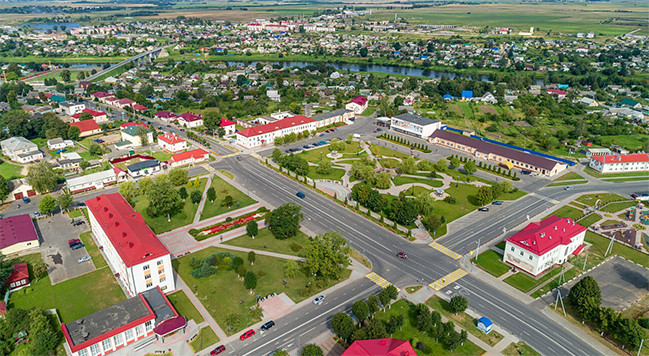
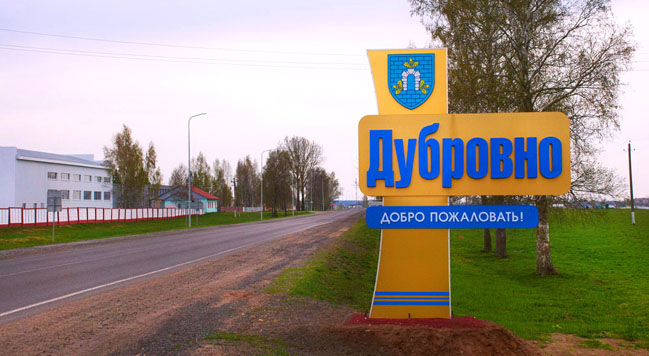

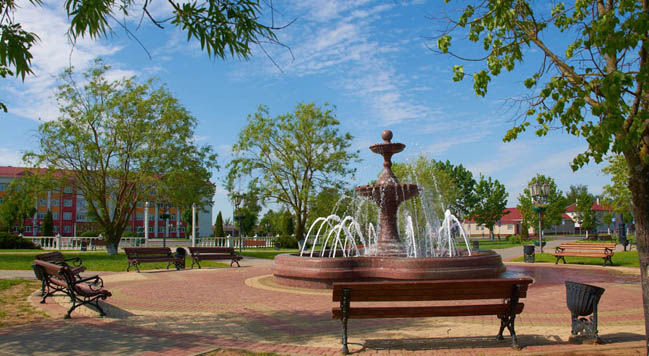
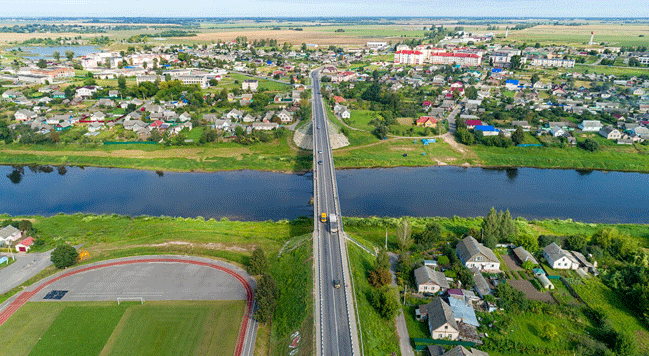
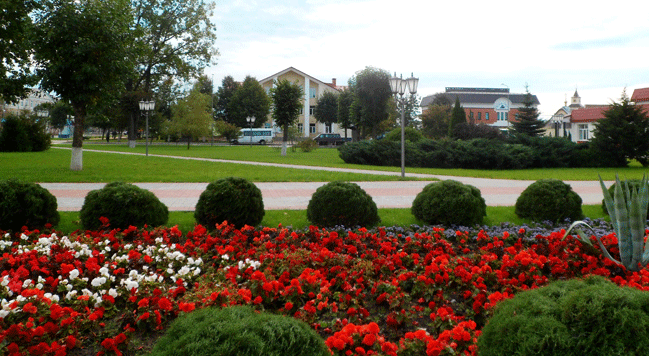






History
A settlement dating back to the Mesolithic period near the village of Chizhovka is considered one of the oldest historical sites of the region. This is a species of the Grensk culture. Its representatives started inhabiting the region about 11 thousand years ago.
Archaeologists discovered the sites dating back to the Iron Age near the villages of Karabanovichi and Vezhki.
Once there appeared the merchant way “From the Varangians to the Greeks” in the 9-10th centuries, the territory of the region was annexed to Kievan Rus. At the beginning of the 11th century, following the war between the Polotsk and Smolensk Principalities, the region made part of Smolensk. The Polotsk Principality is thought to have received the northern-western part of the Dubrovno region.
In 1393 Dmitry Semenovich’s letter mentions “the inhabited land of Dubrovno”. The first mention of Dubrovno in the chronicles goes back to 1514.
Approximately in the second half of 14th century the territory of the region was annexed to the Great Duchy of Lithuania. Grand Duke Casimir presented the land to Yuri Glebovich, the Smolensk Governor-General. The Glebovich family founded a castle there, which played an important role in the history of Dubrovno. Due to its geographical situation the Dubrovno region was repeatedly destroyed in the result of various wars. Every time the Great Duchy of Lithuania and the Grand Duchy of Moscow made a war, the region and its environs were conquered and burned down. the town dwellers were taken captives and brought away to Moscow and other towns of Russia.
After the first partition of the Rzecz Pospolita in 1772 the Dubrovno region was annexed to Russia. Duke Grigory Potemkin purchased the Dubrovno land from Casimir Sapega in the 1780s. He ordered the construction of Russia’s first watch and braid factories there. A cloth factory Dneprovskaya Manufacture functioned in Dubrovno since 1901. It was removed to Russia in the beginning of the Great Patriotic War. The Soviet power was established in Dubrovno in 1917.
The region was occupied by the Nazis on July 17-20, 1941. The partisan brigade of Konstantin Zaslonov, partisan detachments Groznyi, Mstitel and Sokol operated in the region. Underground organisations were active in the settlement of Osintorf and the village of Novaya Tikhun, in Dubrovno and the settlement of Osinovka.
The region was a front line from October 1943 to June 1944.
On June 26, 1944 the region was liberated by the 31st and 11th divisions of the 3rd Belarusian Front Army.
After the liberation the region started large-scale restoration. The pre-war economic level was fully restored by the mid 1950s.
In the following few years agriculture, industry and social infrastructure were rapidly developing.
The Dubrovno region is home to many famous people. In the mid 17th century Dubrovno carpenter Gerasim Akulov decorated Kolomna Palace and Garnet Chamber in Moscow. Decembrist Piotr Falenberg and Captain Alexander Kazarsky were born in Dubrovno as well. The latter became famous for defeating Turkish troops which were ten-times bigger than the crew of the brig under his command during the Russian-Turkish war.
Among other famous natives of the Dubrovno region are poets and writers Sergei Rakita and Nikolai Gorulev; playwright Alexei Dudarev; artists Sergei Zaryanko and Nikolai Opiok; scientists Alexei Grutsa, Nikolai Shumeiko and Sergei Nazarov.






